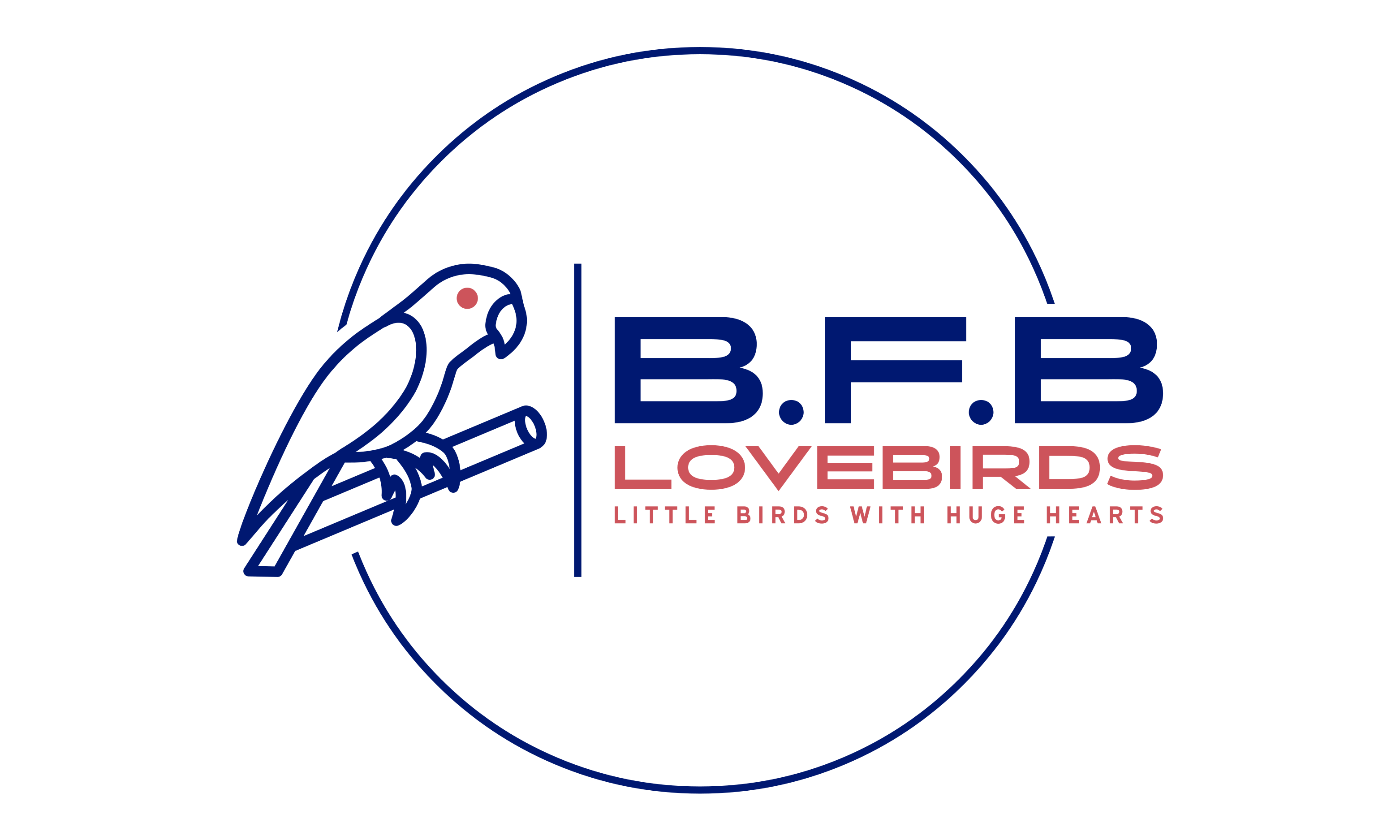Yes, lovebirds, like many other bird species, can form same-sex pairs. Here’s a bit more detail:
1. **Bonding**: Lovebirds are known for their strong bonding behavior. When they bond, it’s not always about reproduction; it’s also about companionship. In captivity, it’s not uncommon to see two birds of the same sex bond closely, preening each other, sitting together, and engaging in other bonding behaviors.
2. **Reasons for Same-Sex Pairing**: There can be various reasons for same-sex pairing in lovebirds. In some cases, it might be due to a lack of opposite-sex partners. In other instances, two birds might just prefer each other’s company over that of other birds.
3. **Reproductive Behavior**: Even if two lovebirds of the same sex pair up, they might still engage in nesting behaviors. They might build nests, sit in them, and even go through the motions of laying (infertile) eggs, especially in the case of two females.
4. **In the Wild**: In the wild, the primary goal for most animals is reproduction. However, same-sex behaviors and bonds have been observed in many wild animal species, not just birds. The reasons for these behaviors in the wild can be varied, from social bonding to territory defense.
5. **Acceptance**: If you have pet lovebirds and they form a same-sex pair, it’s essential to accept and support their bond. Trying to break them up or force them to pair with opposite-sex partners can cause stress and unhappiness.
It’s a fascinating aspect of avian behavior, and it’s a reminder that the animal kingdom is full of diverse and complex relationships.

